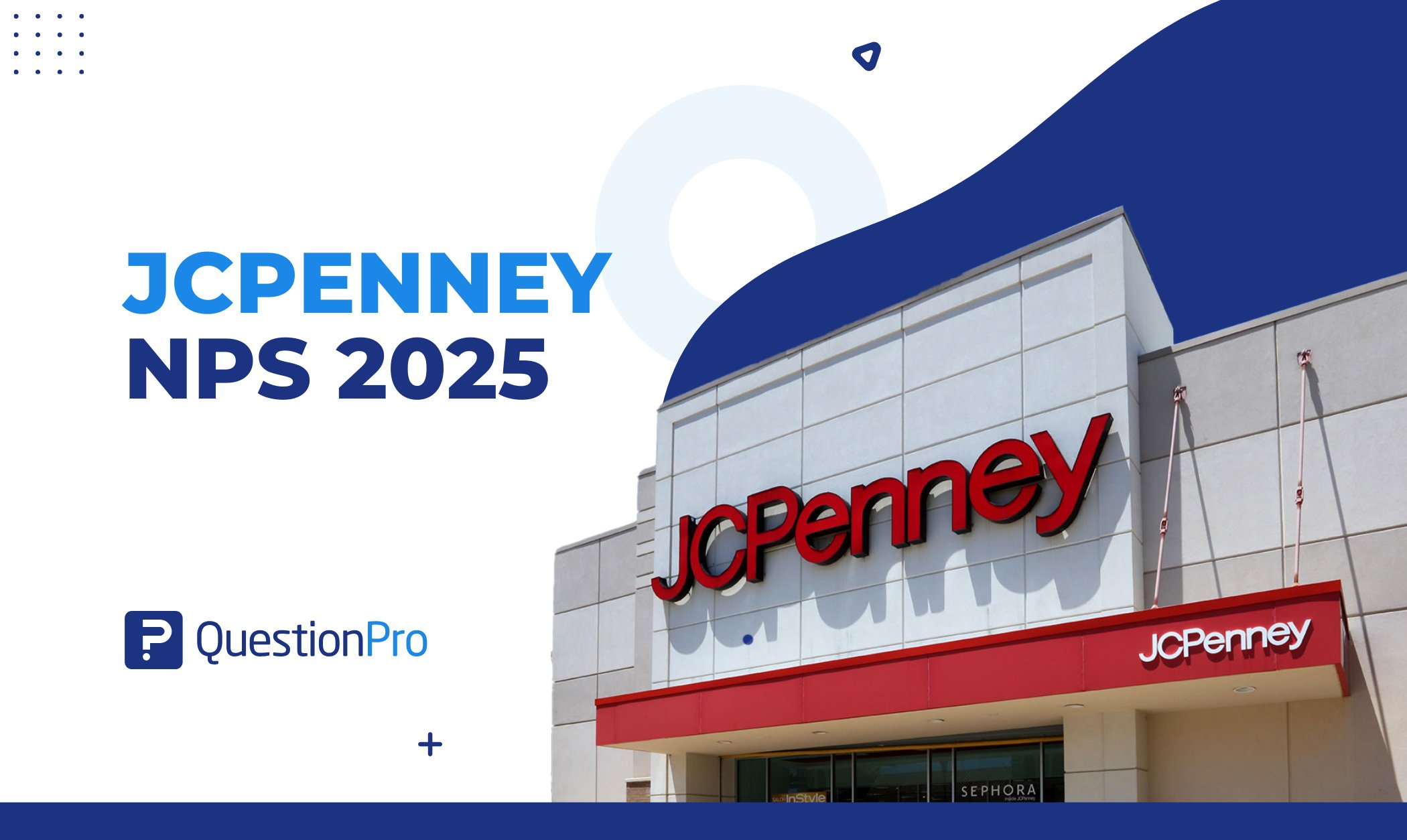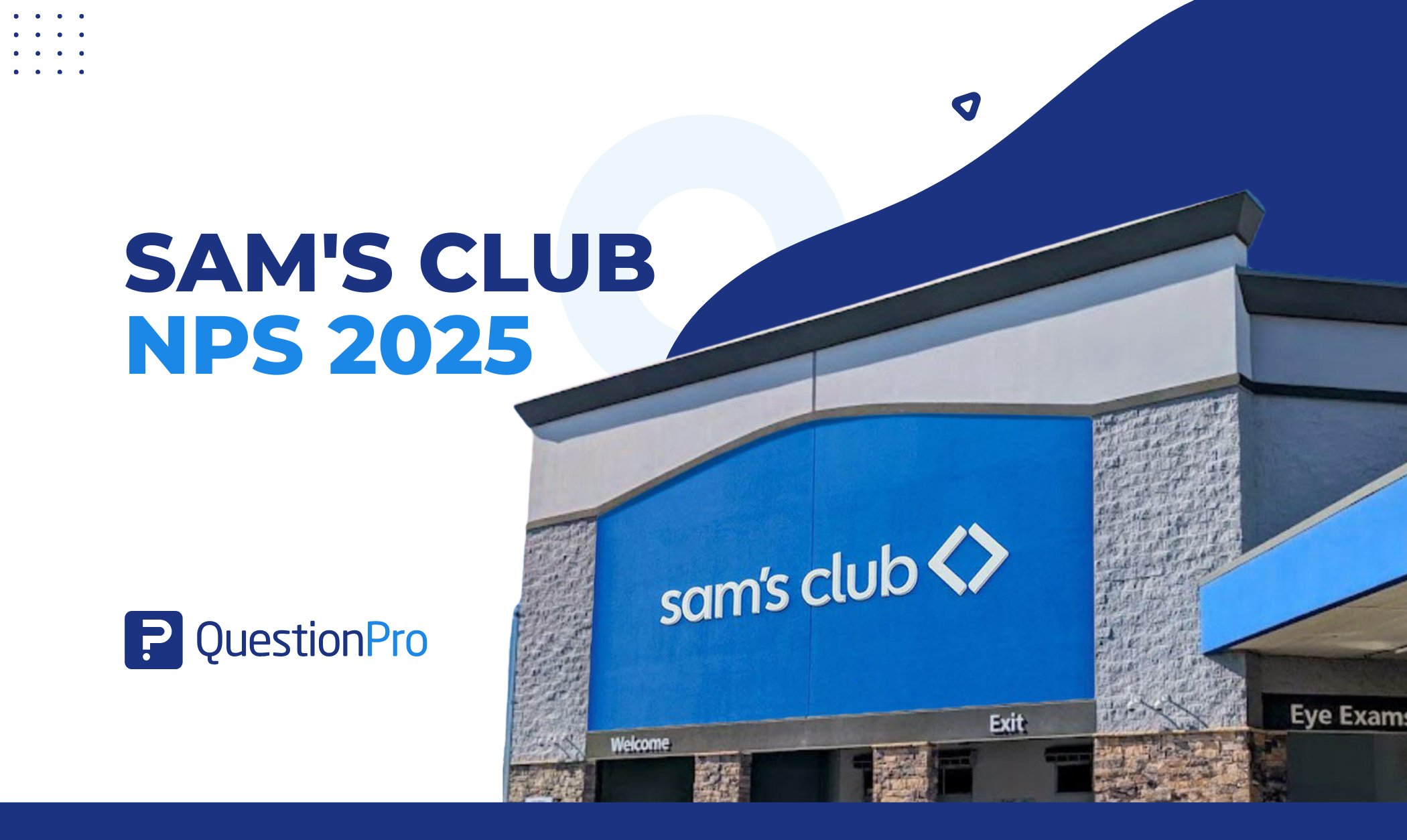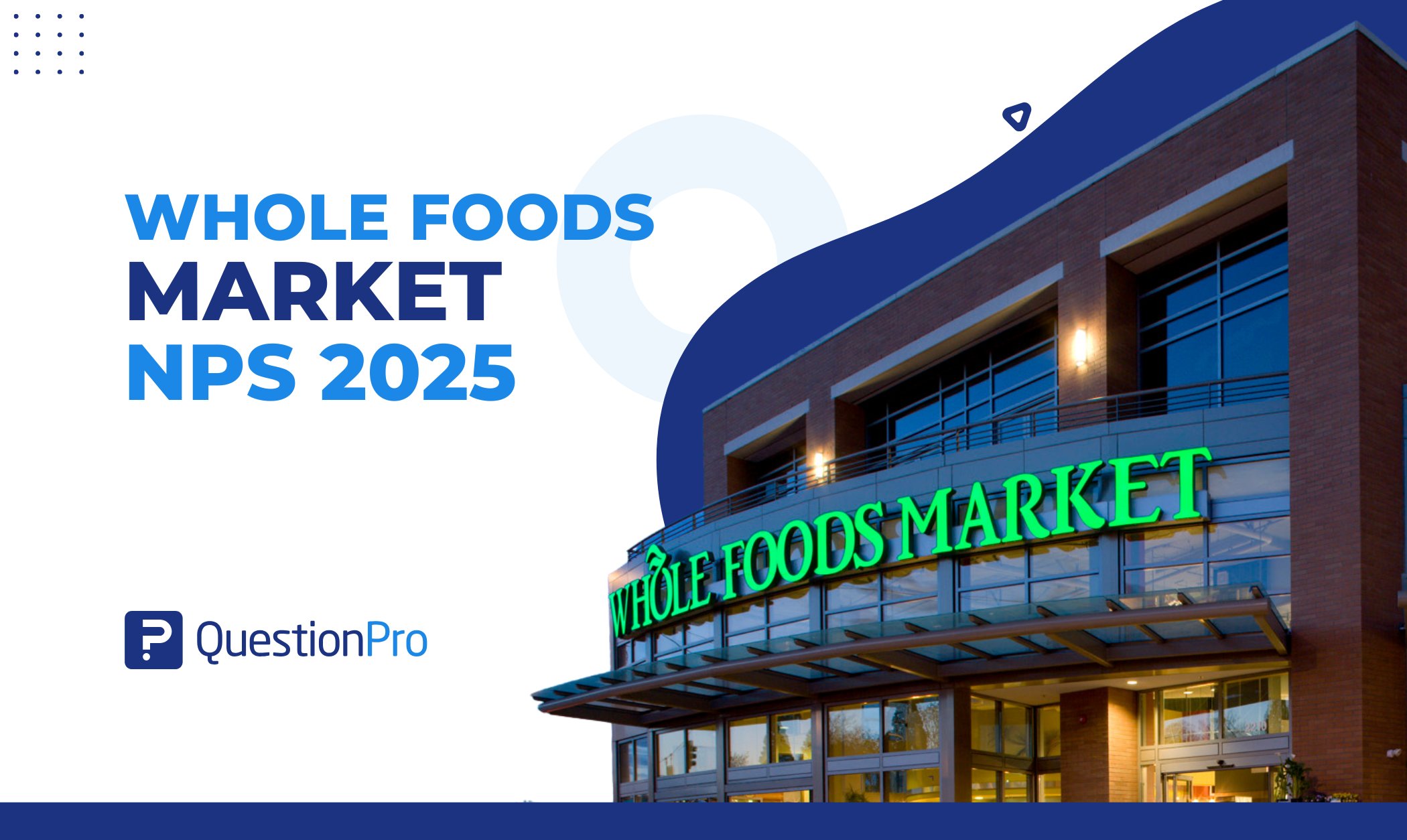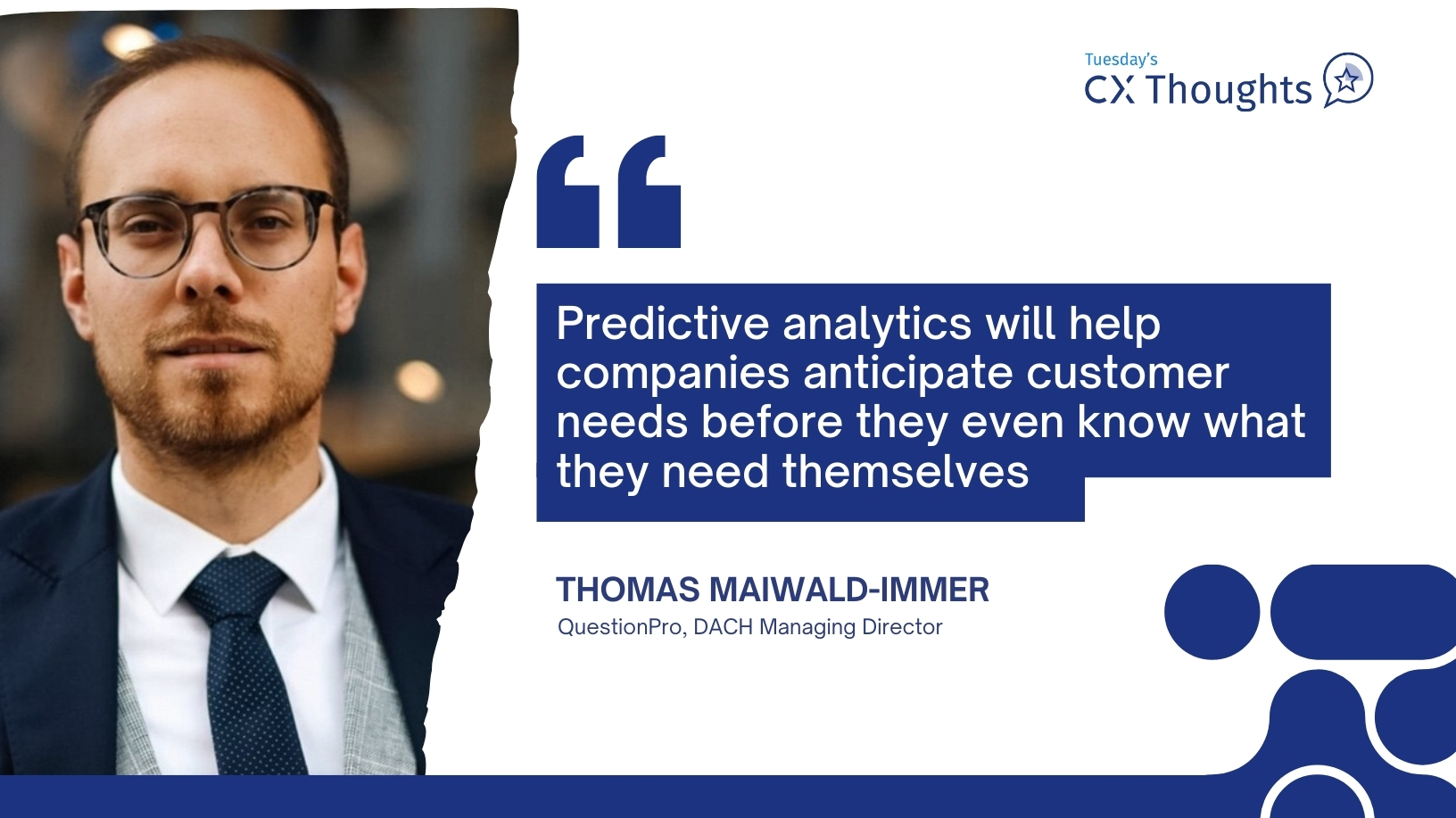
The Facebook IPO is fresh in everyone’s mind – what with the tech media frenzy surrounding it or the saga surrounding its pricing. And now, Facebook is the 4th company ever to have an IPO over $10 billion (higher than Disney, Amazon, and McDonalds)[1]. But what has Facebook taught us about communication, how have our social interactions evolved?
Whether or not you hate Facebook, whether or not you’re jealous of or agree with its valuation, you cannot argue that it has introduced a new model of communication into the daily vernacular for a great deal of people (more than 1 out of every 10 humans on the planet is a regular Facebook user). And one of these new modes could be called ambient communication – a method of keeping in touch, sharing emerging thoughts or ideas in real time. It’s a mode used by a network of invested communicators who can now speak without being pushy or presumptuous.
Think about it. The way we share ourselves has changed. You don’t send out an email to all your friends about this amazing eclectic south Indian restaurant called Dosa in the Mission District in San Francisco where they make killer Ginger Martinis. Instead, you update your Facebook status. Maybe you also “like” this status. And this is ambient communication. It’s not directed at anyone in particular, it’s not disruptive, it’s simply a part of the day – your day and anyone else in your network.
These methods of communication and expression – sharing opinions, distributing opinions and weighing in on them have changed. The news feed, the “like” button – they did not exist before 2006 and now they’re taken for granted.
These changes are also working their way into how we gather data, how we assemble insights from our network. It’s not always about a direct solicitation, but a constant, embedded dialogue that’s available to the network at every point.
At QuestionPro, Erik and I have been reaching out to our key clients to gather some first-hand insight into how they are adapting to this new mode. And there are a number of approaches that we’ve learned about – from the incredibly simple to the sophisticated.
For example, one of our customers had included this in their email signature: “Give me feedback on how I am doing! Take this 3-minute Survey: http://link-to-a-survey.”
This client knew and demonstrated that we all need feedback. Either in direct or anecdotal forms. However, current models for gathering and soliciting insight are all based on a direct (intrusive) model. Email or web-intercept are the typical models for collecting insight.
Instead, we’re talking about how to always be available to the people who want to communicate, how to channel information on a 24x7x365 basis instead of just focusing on isolated survey projects. Here are a few ways to do that:
An Email Signature Linking to a Survey:
This is just like the customer I mentioned before. It’s as simple as it gets. This link can be added to the signature of all customer representatives and other customer-facing employees (or even internal teams, market research teams, the list goes on). This simple model has a two-fold impact.
a) It lets the receiving party know that you are open to listening to them.
b) It provides a relatively non-intrusive invitation for feedback
An Always-Live IdeaScale Site:
If you’re not familiar with IdeaScale, it’s a simple (and affordable) tool for crowdsourcing ideas. Users post ideas, then users also vote on each other’s ideas and the best ideas bubble up to the top. IdeaScale is again a passive data collection and insight model. Users are not forced to post ideas – it’s just always available for them to do so. It’s ridiculously easy to setup an IdeaScale site for your product or even for yourself.
A Google News and Blog Search RSS Feed:
Google has a nifty feature that allows you to take any search query (for Google news and blogs) and turn it into an RSS feed – so if new items pop up, it automatically updates to your RSS feed. This is obviously only applicable to companies and products that have a distinct brand – like “QuestionPro” – where we can search for that keyword and monitor those changes easily.
Twitter Search RSS Feed:
Twitter also has the same feature – where you can monitor keywords and convert them into an RSS Feed. It’s pretty simple to use that as a mechanism to “listen” in on that chatter around your brand without always reaching out and directly addressing your customer in specific.
If you are in marketing, you probably already know this; part of the act of listening is to make it easy for people to give you feedback. You also want to let folks know that you care about their opinions.
Finally, I don’t believe these ambient communications and resulting insights will replace traditional models. Facebook still hasn’t replace email, but it did create and open up a new channel of communication. Models for ambient insights will not kill traditional surveys, focus groups, usability studies, pricing research, brand equity research etc, it will simply expand upon these and offer us access to the information that is always there, all the time in new and less intrusive ways.
[1] Alexander, Anson. “Facebook IPO Price Projection 2012.” AnsonAlex.com. 17 May 2012. Web. 26 May 2012. <http://ansonalex.com/infographics/2012-facebook-ipo-price-projection-infographic/>.








[…] Note: Thanks to the folks at QuestionPro for sharing this post, which originally appeared on the QuestionPro […]